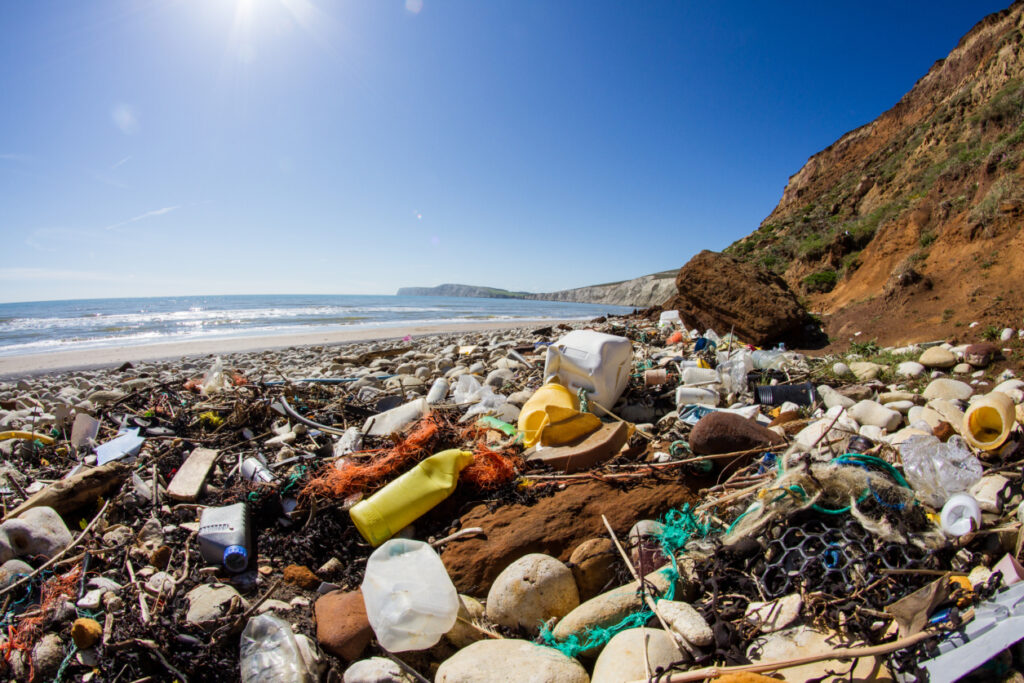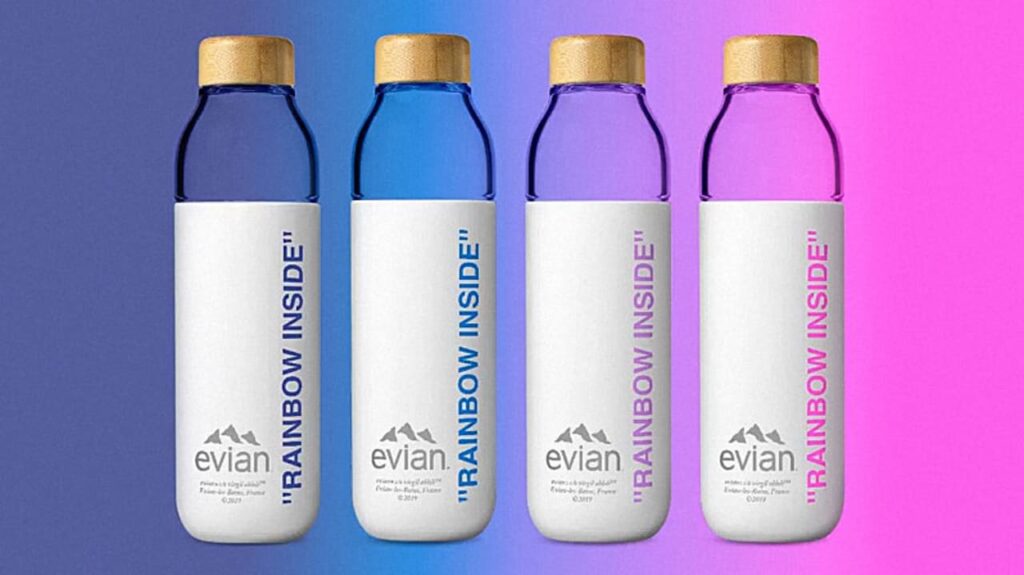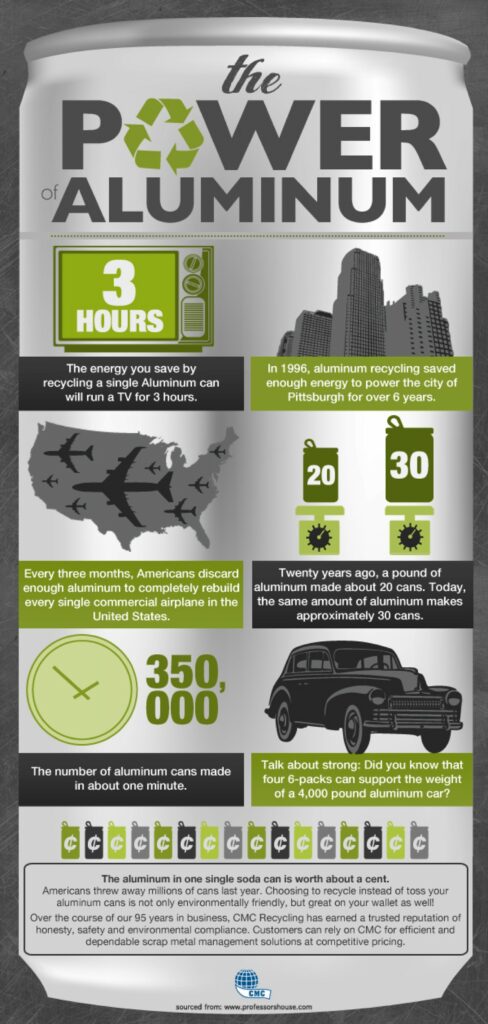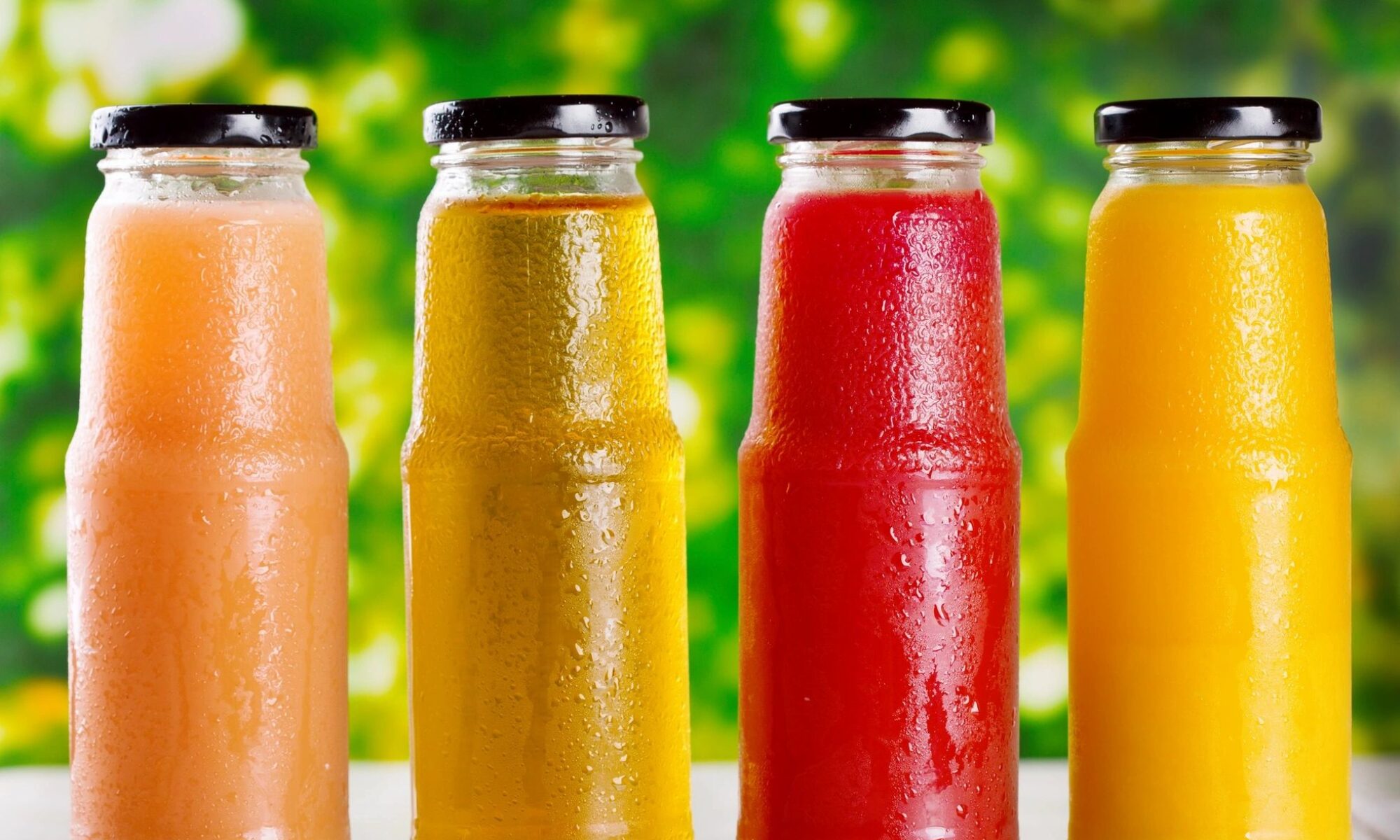
When was the last time you were able to purchase a soft drink in a reusable glass bottle?
When was the last time you even saw a soft drink in a glass packaging?
Today, single-use plastic packaging is still omnipresent, despite our increasing environmental awareness. According to a World Wide Fund for Nature study, an average person consumes 1,769 tiny plastic particles and fibers every week just from drinking water. That accumulates to around a half-pound of plastic every year!
And we aren’t the only ones feeling the impact of plastic. We might be the last link experiencing the results in the huge chain that makes up our environment. Unfortunately, the beverage industry plays a significant role in plastic pollution of the Earth. Let’s have a closer look at how plastic impacts our environment and whether we could turn the bleak trend around by going back to glass bottles.
Environmental Impact of Plastic
In the ‘60s, plastic waste was observed in the oceans for the first time, which ended the reputation of plastic materials as entirely positive and great to use. Even though plastic helped our industrial advancement, especially in the years after World War II, we did not have enough foresight to predict its environmental impact.
And it is dire, mostly because that plastic, made from synthetic materials not found in nature, can take forever to decompose on its own. Most plastic bottles take at least 450 years to biodegrade, and only if they weren’t made with Polyethylene Terephthalate (PET).
Today, plastic pollution is a huge problem — it has contaminated our oceans most of all. Toxins from plastic find their way into plankton, which is the base food of most marine ocean species. It travels through the entire food chain, ending up on our own tables.
But our air and land are also polluted. When plastic is burned to dispose of it, toxins are released into the air. While it waits for its turn to be disposed of in landfills, we end up needing more and more space for storing garbage.
According to Science (website), about 8 million metric tons are thrown into the ocean each and every year. This is the equivalent weight of approximately 25,000 Empire State buildings (website). Even with current recycling and conservation efforts, the amount of plastic in the oceans will increase 10 times by 2020 (website) and by 2050 there will be more plastic in the oceans by weight than fish (website). Recently, a dead whale in the Philippines contained more than 88 pounds of plastic in its stomach (website). Has anyone asked what happens to that plastic when we eat the fish that live in our oceans?
The global annual production of plastic exceeded 350 million tons in 2013. By 2015, the world had produced 7.8 billion tons of plastic. Back in the day, single-use plastic seemed like a great idea — but we are overproducing it, drowning in it, and making the entire planet sick in the process. And it is time to re-think single use plastic beverages. Recycling has failed to fix the ultimate problem.
According to Greenpeace (website) and the Breakfree from Plastics Movement (website) the top four plastic polluters in the WORLD are, from highest to lowest, Coca Cola, PepsiCo, Nestle and Dannone.
This conversation is not simply about the birds and the bees or “fishees” in the ocean. This conversation is about the world in which human beings live and the net effect plastic has on human beings, current and future generations. It is impossible to argue that plastic is good for mankind. It is convenient and it is less expensive, but that does not make it acceptable. Food and Beverage companies need to take responsibility for the damage they are doing to promote their bottom line.
Use of Plastic in the Beverage Industry
The beverage industry is one of the major players in the plastic packaging market — especially the companies that produce soft drinks, like Coca-Cola and PepsiCo. According to Greenpeace, Coca-Cola Company alone produced more than 100 billion plastic bottles in 2016. And if we compare this statistic to the data stating that over 90% of plastic isn’t recycled, it becomes easier to put the beverage industry plastic pollution into context.
In the earlier years, these big names in the industry committed to plastic, believing (or simply stating) that they would increase their efforts to reclaim and recycling it. However, with a lack of deposit systems and financial incentives to recycle, the system ended up being wasteful. Around 70% of bottles are never reclaimed, which leads to a low recycling rate. According to Euromonitor data, less than 7% of recycled bottles were turned into new bottles.
Beverage giants like Pepsi are aiming to start using biodegradable plastic. However, according to some experts, this will take a long time to accomplish, because the packaging must still be able to preserve the contents. What’s more, even biodegradable plastic can release damaging gases into the air, such as methane.
Initiatives against the Use of Plastic

Slowly but surely, the public opinion grows harsher towards plastic, especially single-use plastic that is most responsible for pollution. More and more initiatives against it are cropping up, and we might soon ensure that the industry as a whole takes a turn to a different direction.
One of the most notable ones is the New Plastics Economy Global Commitment, which was launched in 2018 by Ellen MacArthur Foundation (EMF) and UN Environment. It has 250 corporate signatories, including Danone, PepsiCo, and Coca-Cola Co.
All of the signatories committed to a few decisive actions to complete by 2025:
- to take action to eliminate unnecessary or problematic plastic packaging;
- to move away from single-use models towards reuse models where that’s possible;
- to use recyclable content in all their plastic packaging;
- to make 100% of their plastic packaging reusable, compostable or recyclable.
While these efforts to make plastic packaging recyclable and to improve our recycling systems are a step in the right direction, perhaps we need to look away from synthetic substitutes and slightly different alternatives. There are much more sustainable packaging solutions, one of which the beverage industry has used in the past. Of course, that would be glass packaging.
Use of Returnable or Recyclable Glass Bottles
In 2012, we saw the last ever returnable glass Coca-Cola bottle pass away into beverage history. Soft drinks and glass bottles used to be great friends in the early days of the industry, as the glass bottles were able to endure the pressure of carbonation.
However, the practice of returning glass bottles had nothing to do with sustainability or environment preservation back in the day. The reasons why consumers were incentivized to return glass bottles to the manufacturer with a bottle refund fee were the price and difficulty of the manufacturing process. The bottles were therefore considered company property, and consumers would return them to be refilled and reused.
Eventually, the glass bottle was overshadowed by the plastic model, as it was much easier and less expensive to transport plastic safely. Plastic bottles were considered to be more lightweight, resistant to breakage, and therefore superior in every way when compared to glass bottles. The environmental impact wasn’t considered or analyzed.
Benefits of Reusing Glass Bottles

What beverage companies were unaware of was that the practice of reusable glass bottles helped keep excessive amounts of waste from the landfills. But as it turns out, plastic isn’t the superior packaging material in any aspect other than weight and resistance to breakage. Glass bottles are more hygienic, and more capable of preserving the contents without a change in flavor, strength, and aroma — not to mention their aesthetic appeal.
Overall, there are multiple benefits to returning to the practice of using glass bottles for the packaging of soft drinks. Perhaps the biggest obstacle to returning reusable glass bottles as the industry standard is the way things are done nowadays.
Since there is no standard glass packaging, every bottle looks different. That makes reusing more difficult, as we have to sort our glass bottles meticulously to determine which ones we can recycle, and which ones we can return and where. The process for the consumer isn’t straightforward — but could it become more so?
Could Beverage Industry Start Using Glass Bottles Again?
If we take a look back, we could find the time where most liquids were packaged into glass bottles to be refilled and reused, and learn from it. Before World War II, that used to be the industry standard. However, all glass bottles were identical and therefore, easily reusable.
That would make the process easier to re-implement today. Beverage companies tend to avoid reusable glass bottles because the difference in design requires extra efforts in sorting. What’s more, collecting and transporting reusable glass bottles requires more storage facilities and labor. For most beverage companies, that would mean involving the retailers into the collection and shipment, which overly complicates the process, especially when compared to single-use plastic.
However, it would still be possible to reintroduce reusable glass bottles as the industry standard. It might take some time, but the results are worth it: 93% less energy consumed by a refillable bottle that can be reused 25 times, as opposed to one-way glass bottles. Of course, when compared to plastic it becomes even more evident how much better reusable glass bottles are: the use of energy in MJ and the CO2 equivalent of its Global Warming Potential is the lowest of all container materials.
Reusable Glass Bottles and the Glass Bottle Market
Reusable glass bottles will be the clear favorite if we wish to implement more sustainable practices. However, it would require preparation, as we would have to standardize our glass containers to make the process easier.
Today, companies that make refillable glass containers have packages of different sizes and shapes, even colors. This might be a contributing factor in the low return rates of refillable glass bottles (that also contributed to the eventual decrease in their use).
But what if bottles were standardized, and returned locally for sanitization and refilling? Then we could implement the reuse of glass bottles on a bigger scale, and ensure that one bottle does get returned 25 to 30 times to maximize sustainability.
The glass bottles and containers market is also growing, and showing potential for more progress thanks to European consumers. It’s predicted to reach $76 million in value by 2024. Most of it was glass for recycling and not refilling — European average recycling rate is an estimated 54%, as opposed to the reuse rate of 7%.
Aluminum Cans are Another Possible Solution

According to Chasinggreen.com, aluminum is 100% recyclable and can be recycled almost indefinitely without loss of quality or durability. They can be recycled, repurposed, and back in the store in as little as two months and the average recycling rate of aluminum cans 68%, the highest rate of recycling of any resource. The use of recycled aluminum in manufacturing utilizes 95% less energy than creating aluminum from raw materials.
However, there is also a negative side of aluminum cans. The aluminum industry was responsible for 140 million tons of CO2 production in 2005 alone and it is a non-renewable resource. It also takes 2-4 tons of bauxite to produce just one ton of aluminum through smelting and refining. Aluminum production spends over $2.3 billion annually for energy. Most of that energy is used to create aluminum: over 1 quadrillion Btu of electricity a year and some research suggests that BPA, a chemical lining found in some aluminum cans, may pose health risks.
What Consumers Think
One of the most critical pieces of the puzzle will be the consumer, requiring a change in behavior to move from pollution to sustainability. The good news is that consumers are becoming more environmentally aware and putting more stock into sustainable products and solutions.
According to a report by Pro Carton, 75% of European consumers have stated that the environmental impact of the packaging of a product affects their purchasing decisions. What’s more, they are also influenced by the media coverage of pollution, especially when it comes to marine pollution.
The majority of consumers tend to prefer more environmentally-friendly options while shopping, especially if it doesn’t cost them much extra to help preserve the planet. However, that doesn’t mean they aren’t prepared to pay more: 77% of Pro Carton survey responders said they were prepared to do so. In addition to that, 58% of them would support increased taxes on non-sustainable packaging in order to incentivize brands to think harder about their environmental impact.
All of these statistics are very encouraging and clearly show that we’re ready to start making crucial changes. Even the major players thinking only about profit can benefit from meeting consumer demand for sustainability.
It’s Time for Glass Again
Can the beverage industry’s use of pollution-inducing plastic packaging end? It certainly can. While there are some disagreements on which materials should replace plastic, the message is still loud and clear — beverage companies and entrepreneurs have to change their ways.
Glass packaging, especially reusable glass bottles, could be the answer to the environmental crisis we now face. With a low carbon footprint and multiple other benefits regarding the quality of packaging, glass would be a great choice. And if we made an effort to make reusing glass bottles more accessible and more standardized, market research shows that consumers would rise to the occasion and help make it the new industry standard.
Reducing plastic pollution should be one of the main priorities of the beverage industry. To accomplish this task, now might be the time to start using glass again.
Key Takeaways
It’s our responsibility as beverage industry leaders, entrepreneurs, and consumers to demand and facilitate change. Today, every link of the beverage industry chain might be ready to commit to making this change a reality.
Getting rid of the beverage industry’s share of plastic pollution by implementing more sustainable options, glass bottles or even re-usable glass bottles, might be of utmost importance for the future of this blue planet. If we don’t turn away from plastic now and start repairing the damage we’ve made, it might be too late in a few decades or even a few years.
It is time to admit the conversion to plastic from glass has failed and these companies continue to fail mankind in favor of profits. Human beings are almost equally complicity by purchasing these products. It is time for the Big Four to eliminate plastic products and force competitors to convert as well. It is time to end plastic for profit over convenience.

I love that our industry is still predominantly packaged in glass. There are new brands launching in cans and some brands offering both but glass is still the gold standard in kombucha. So grateful that we’ve never been expected to use plastic or lost out on accounts because we package in glass!